It seems that almost everyone is travelling to Japan these days, and with sakura season coming right up, you can expect the Japan travel trend to only amp up in volume. If it’s your first time planning a trip to Japan, it can be both exciting and a little intimidating to sort everything out. After all, there is so much content these days about Japan travel tips that finding out which ones actually work can be a hard ask.
But, don’t worry, from experience, I can tell you that, with some proper research, travelling to Japan, even if you don’t have any Japanese fluency beyond anime quotes, is super easy. Plus, to help you out, here are some Japan travel tips that even seasoned travellers sometimes overlook.
Also read: How to Book A Ride On Kyo-Train Garaku, Kyoto’s Top Sightseeeing Train
1. There are multiple ways to travel from the airport to the city in Japan
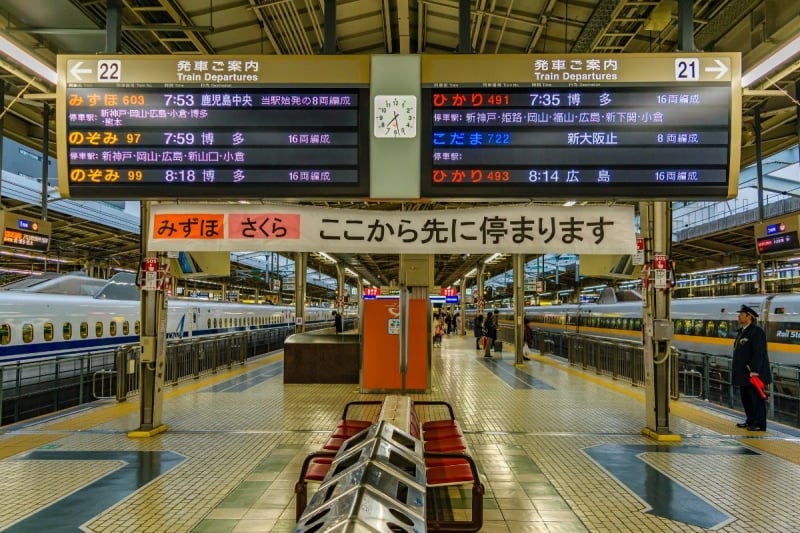
Image credit: View Apart via Canva Pro
When I first travelled to Japan, I thought that getting to the city would be easy once I arrived at the airport. I was only partially right. Yes, getting from the airport in major cities in Japan (like Tokyo) is convenient as there are plenty of options, including several metros and airport transit trains. However, had I done more research, I would have saved both time and money getting to the city.
For example, if you’re arriving in Tokyo at Narita Airport and want to take the train to the city. You can board either the Narita Express or Keisei Skyliner (this one involves transfer to local metro lines). Meanwhile, those arriving at Haneda Airport can pick between the Tokyo Monorail or Keikyu Airport line. There are also airport buses and transfers.
In both cases, planning ahead can help you choose the most cost-effective and fastest way to get from the airport to let’s say, your hotel.
2. The JR Rail Pass is not ALWAYS the best choice
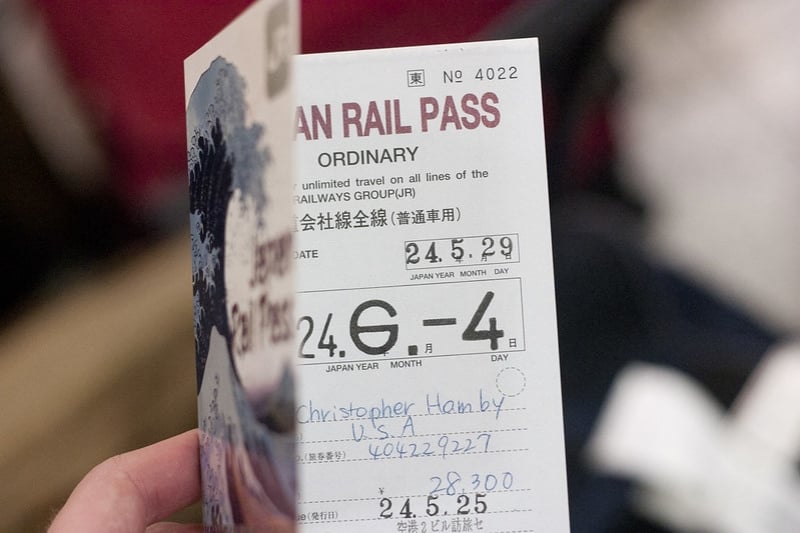
Image credit: Chris Hamby | Flickr
I’m sure you’ve heard this so many times before: “Get the JR Rail Pass, it will save you so much money!” Well, not really. You see, the JR Rail Pass is only a worthwhile investment if you’re planning to travel to many different destinations throughout Japan — for example, if you’re planning to do a loop tour from Tokyo all the way to Kagoshima in the south and then back up north to Aomori in 21 days, and stopping by every major city along the way.
Most people don’t do that. Instead, most people travelling to Japan often only stay in certain areas, for example, the Kanto area (Tokyo), the Kansai area (Osaka), the Kyushu area (Fukuoka), or Hokkaido. Under these circumstances, it’s much better to get local area passes (like the Kansai Wide Area Pass which is a lot cheaper) instead of the JR Rail Pass.
In addition, if you’re hopping between train stations in Tokyo and Osaka, consider getting the SUICA or ICOCA Card (which services each area respectively). It’s basically a tap-and-go transport card that makes boarding the metro much easier.
3. There are other ways to get around Japan than just the Shinkansen
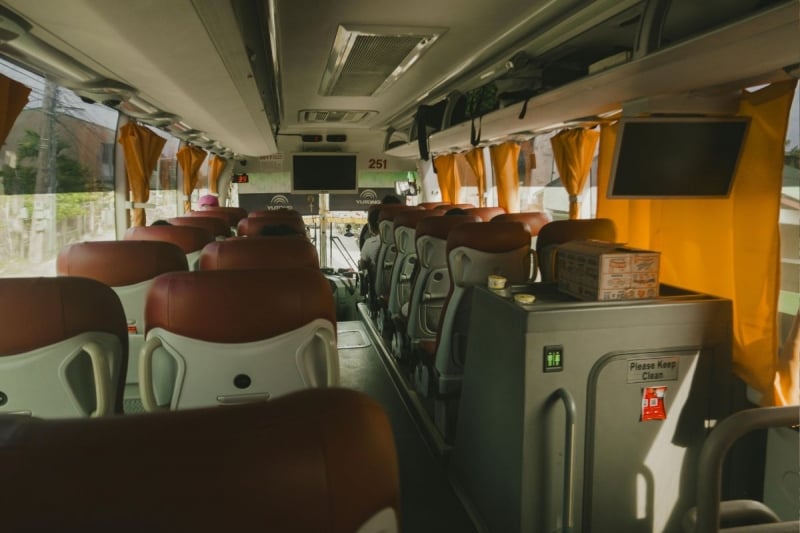
Image credit: Kenneth Surillo via Canva Pro
“But the JR Rail Pass makes using the Shinkansen cheaper, doesn’t it?” To a certain extent, yes. But if you’re only taking the Shinkansen once throughout your trip, then chances are, it’s cheaper to just get the Shinkansen ticket individually at the counter rather than the JR Rail Pass. The JR Rail Pass costs approximately 50,000JPY (S$435) while a single journey ticket from Tokyo to Kyoto costs around 17,950JPY (less than S$160).
More importantly, while I understand the hype about travelling with the Shinkansen (many people consider this a bucket list experience in Japan), there are actually many more economical ways to travel between major cities in Japan, such as the slower but much cheaper Limited Express trains.
When I first visited Japan, I travelled from Tokyo to Kyoto aboard a night bus which cost me only around 5,000JPY (less than S$45)! Plus, I got to save on a night’s accommodation. Even if you’re travelling by highway bus during the days, it is a lot cheaper, and you get to see some of the Japanese countryside and highway rest stops along the way.
4. Make use of luggage forwarding
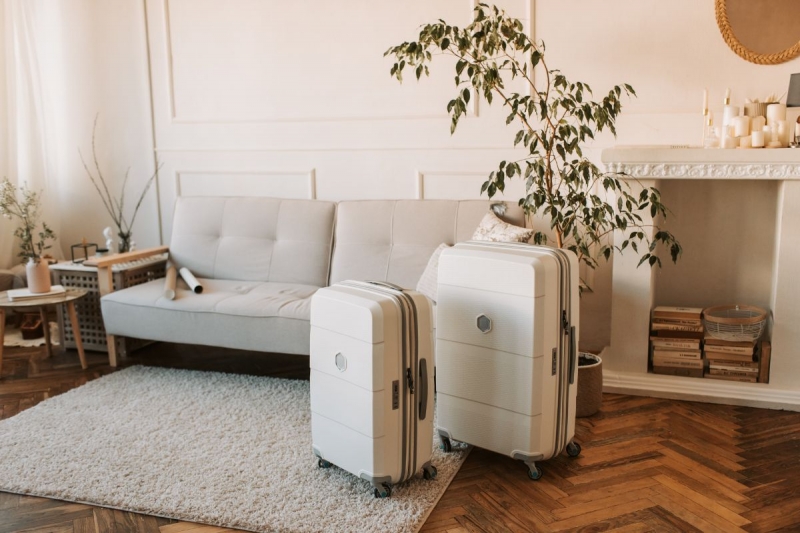
Image credit: Vlada Karpovich via Canva Pro
One of the best things about Japan that isn’t talked about enough is the luggage forwarding service, or takuhaibin in Japanese. Simply put, it’s a service where, instead of hauling your luggage with you as you travel from City A to City B, you can simply have your luggage couriered to your next destination in Japan, usually for a fee between 1,500JPY to 3,000JPY (around S$15 to S$30) depending on the size of your luggage.
You can arrange for luggage forwarding between your hotels, or have the luggage dropped off at the train station, convenience store, or even the airport. Do take note that it usually takes a day (overnight) for your luggage to arrive and that certain routes/destinations take much longer. What’s more, luggage forwarding in Japan isn’t always available in every city or location, so make sure to do some research beforehand.
If indeed you CAN use the takuhaibin service for the next leg of your Japan trip, I advise packing a much lighter, smaller bag with your daily essentials as you travel, while you leave your bulky luggage in the reliable hands of the couriers.
5. Fill in the Japan immigration form online before arriving in Japan
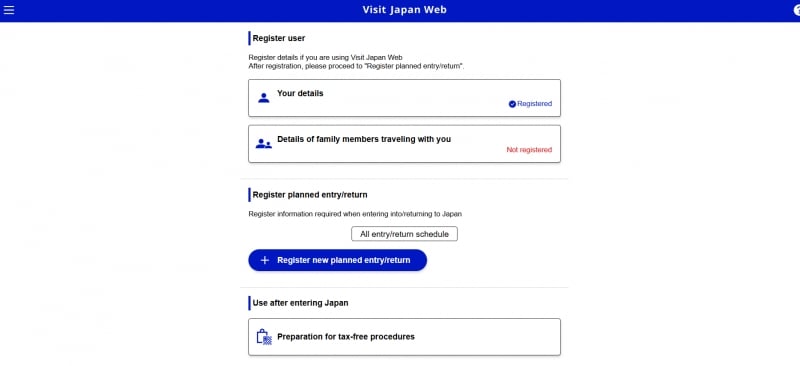
This was a Japan travel tip that I personally found out during my last trip to Japan. For those not in the know, foreigners arriving in Japan need to fill out an immigration form. You can do that physically once you get to the immigration counter or you can simply save yourself the stress by filling it out online via the Visit Japan Web website.
Once you fill in the details (it’s pretty standard for arrival cards), the website will then generate a QR Code. Save the QR code and they’ll scan it during immigration. Trust me, it quickens the process by a lot!
6. Book your attractions early
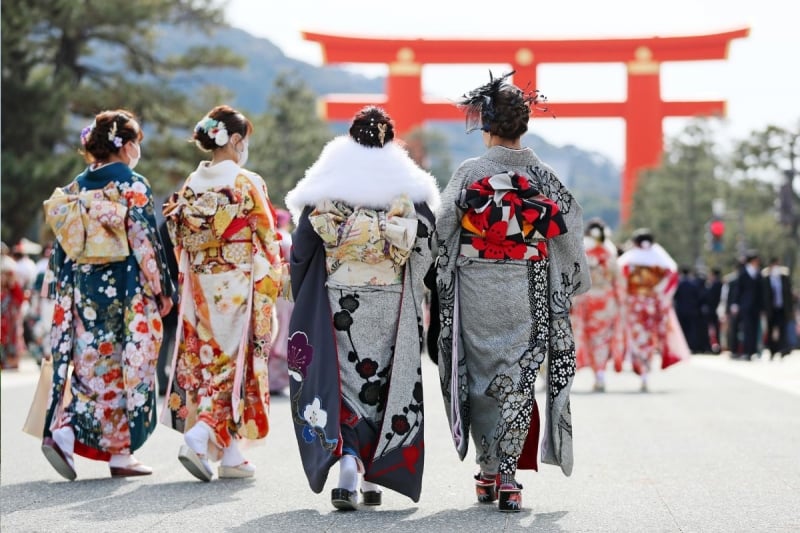
Image credit: f1.8studioさんの画像 via Canva Pro
I cannot emphasise how important this underrated Japan travel tip is. We all know by now that the trick to avoid the crowds is to book your attraction tickets beforehand. However, given how many people travel to Japan, especially during the peak season, be prepared to secure your Japan attractions tickets way earlier.
In fact, one of my friends shared that she booked her Disneyland Tokyo ticket about two months in advance, even before she booked her flight! That’s because if you’re travelling to Japan during peak seasons (like cherry blossom season or when it coincides with Japan’s Golden Week holidays), many things will sell out. So to avoid disappointment, book well in advance if you can. And, on the day of, be sure to arrive early, because even with pre-booked tickets, you may find yourself queueing up in line!
7. Japan now mainly uses Pocket WiFi or eSIM for roaming
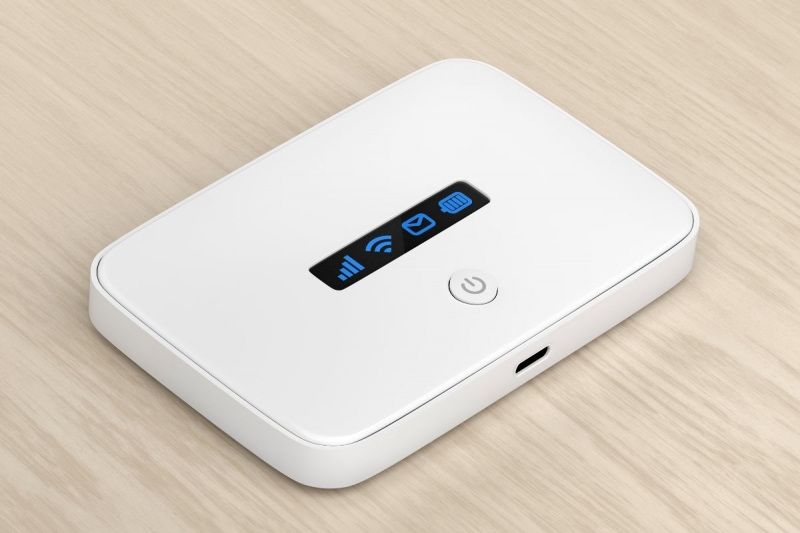
Image credit: magraphics via Canva Pro
Those of us who are a LITTLE bit older will remember the days of arriving at an airport and switching out our SIM cards for a local SIM. And then every now and then, we get a sudden wave of panic as we check to see if our SIM cards are still with us. One of the most important Japan travel tips to remember, and something I found out myself, is that not all phone models and operating systems work with local Japanese SIM cards.
Thankfully, local SIMs are no longer as popular, as Japan offers a variety of Pocket WiFi and eSIM roaming plans. You can find these at the airport or at local telco shops.
8. Get foot patches from Don Quijote
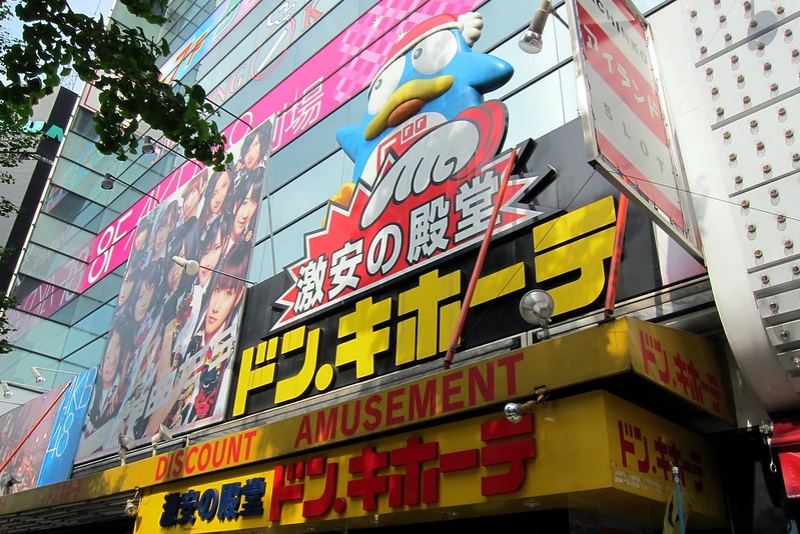
Image credit: Wally Gobetz via Canva Pro
Whether it’s your first time travelling to Japan or your fifth trip in a year, you’ll likely be spending plenty of time on your feet. In fact, most people walk about 20,000 steps per day in Japan. That is the standard, I don’t make the rules.
So, it’s inevitable that you’ll end up with sore feet after a long day of exploration. When that happens, head to Don Quijote (or any convenience or drug store) and pick up some gel foot patches that can relieve your aching feet. It’s one of the best Japan travel tips you’ll hear from travellers.
Also read: 33 Best Things to Do in Tokyo on Your Very First Visit
And there you have it, 8 new Japan travel tips in 2025 that every travellers should know about, straight from someone who travels to Japan every other year. Hopefully, if you’re currently planning your own trip, these tips help make your journey a lot smoother and plenty times more fun!




